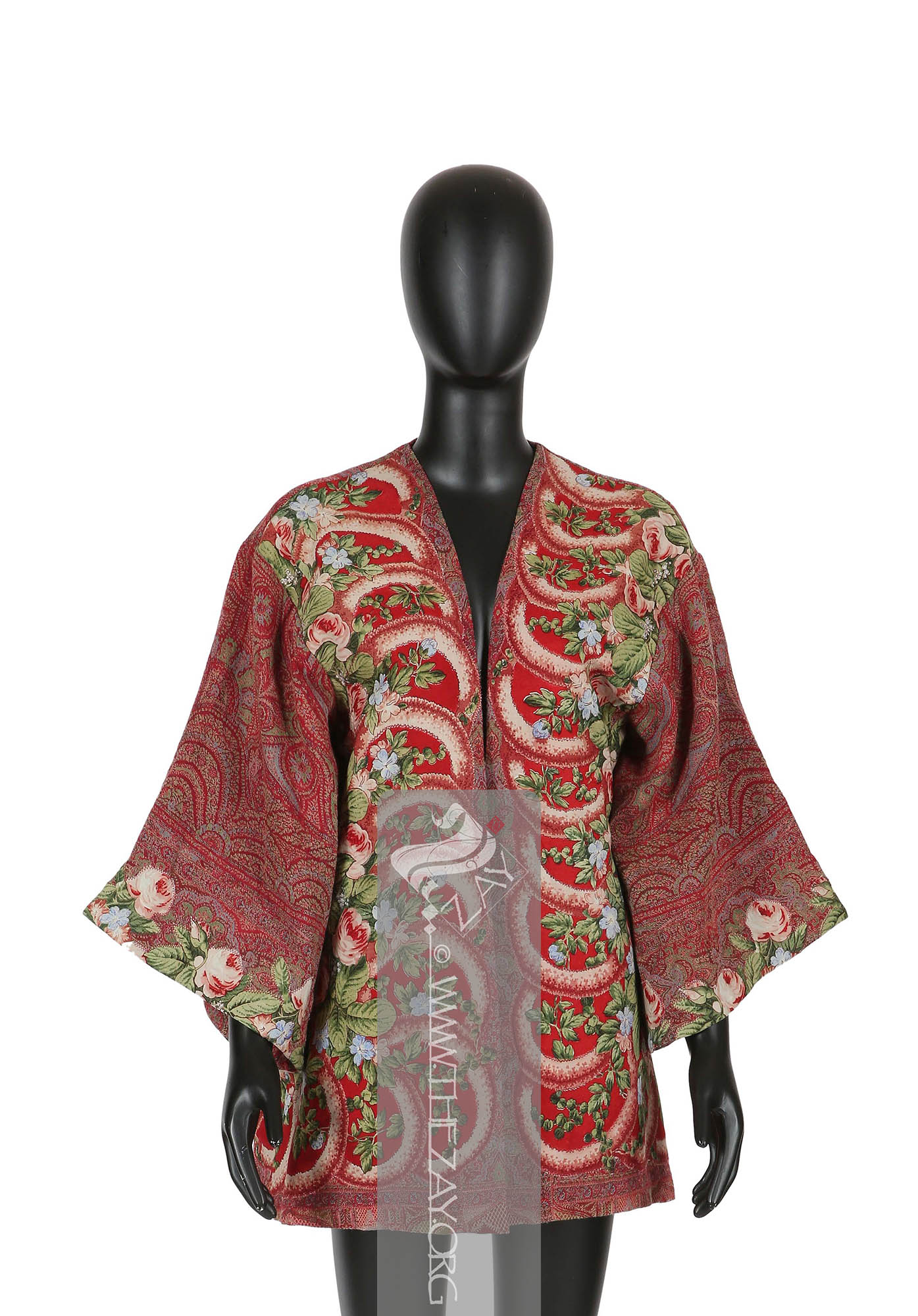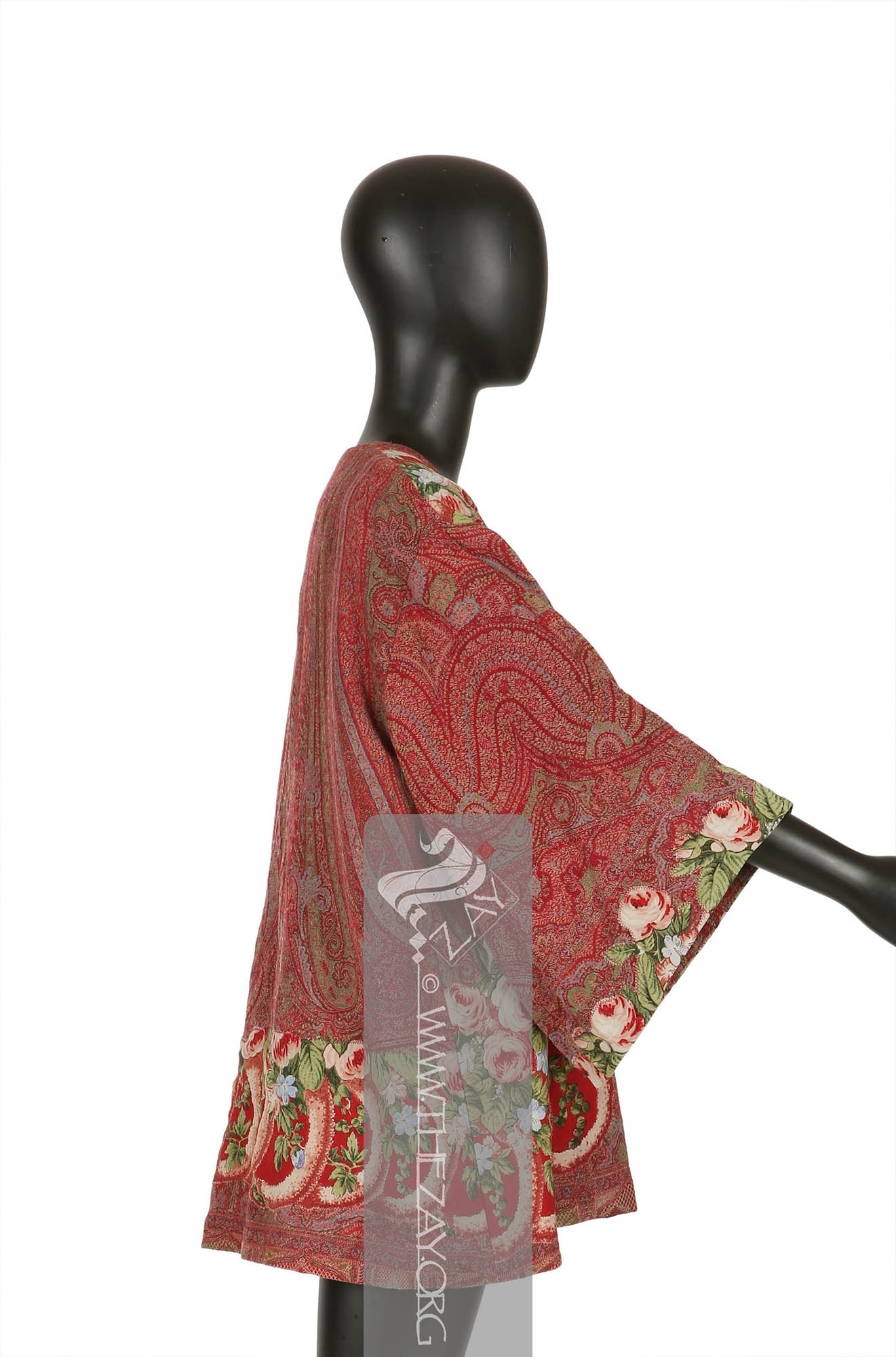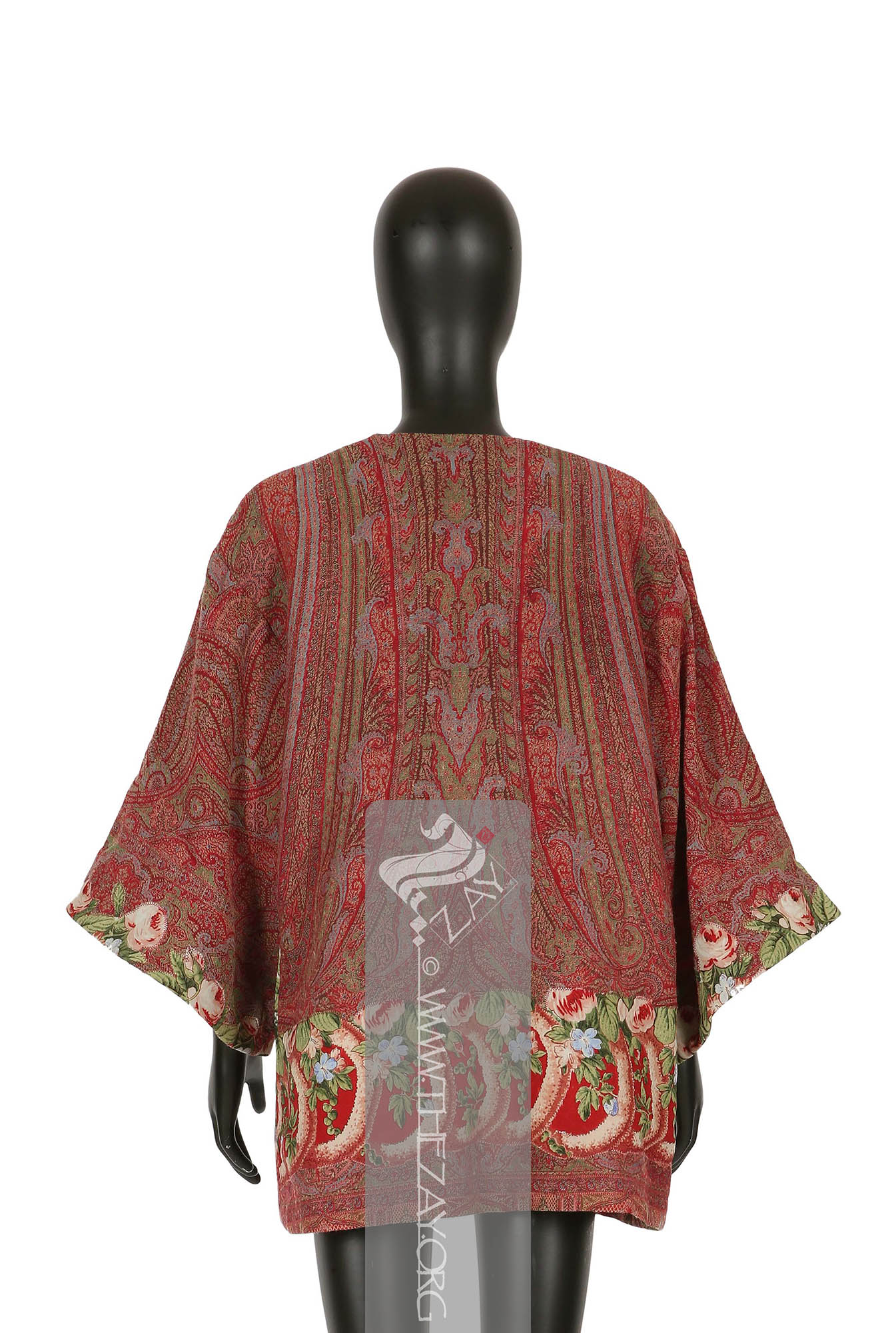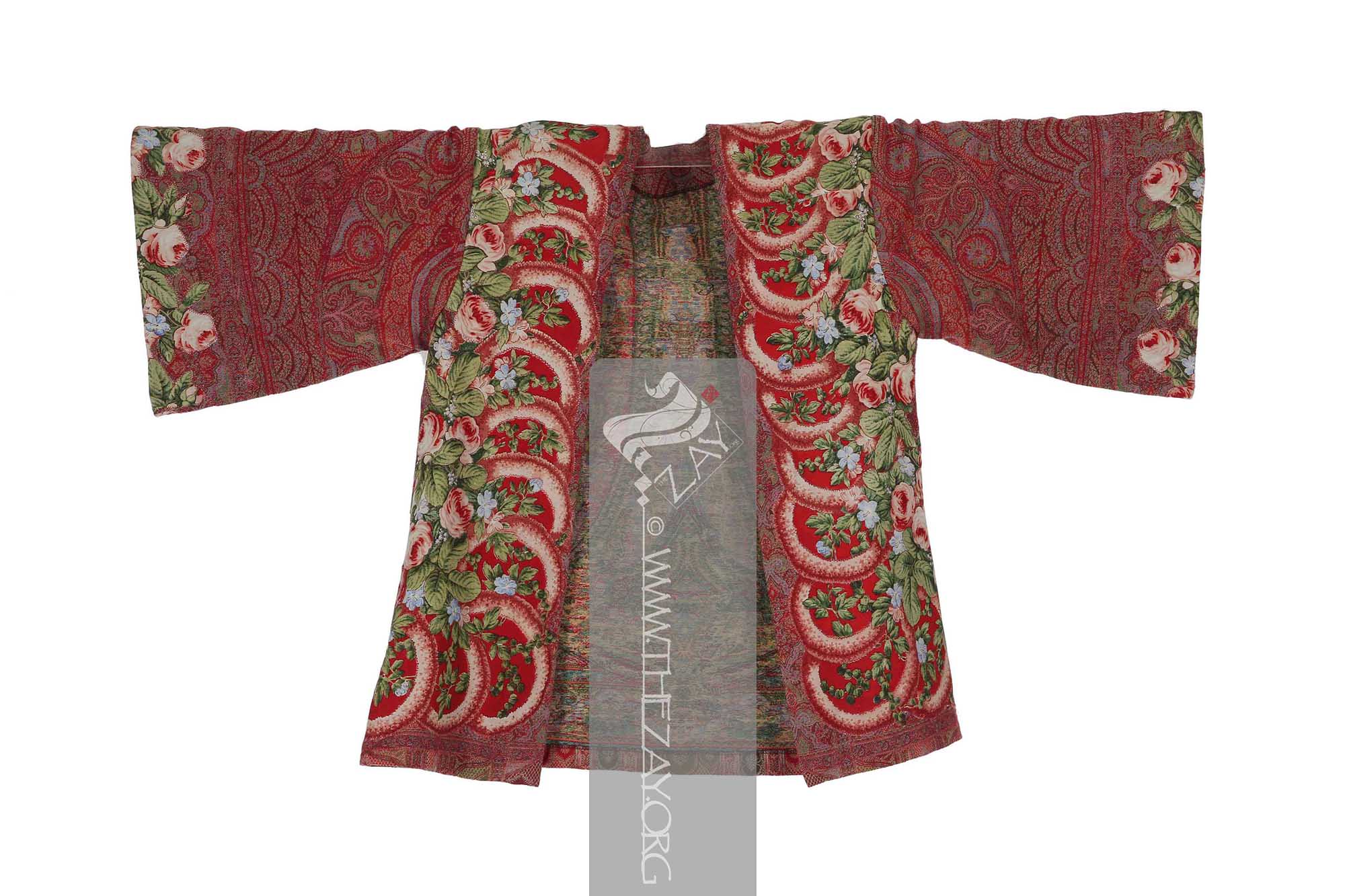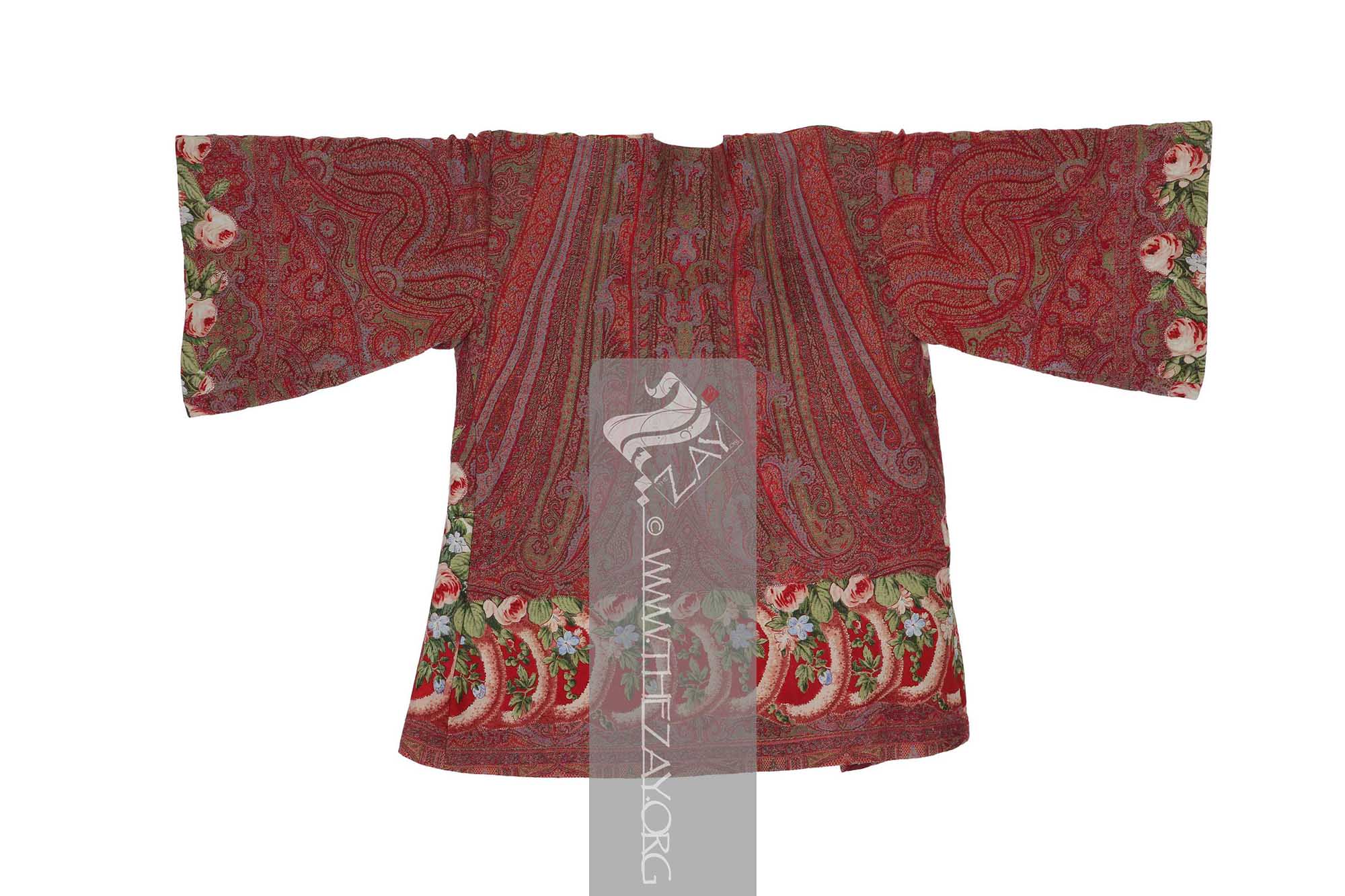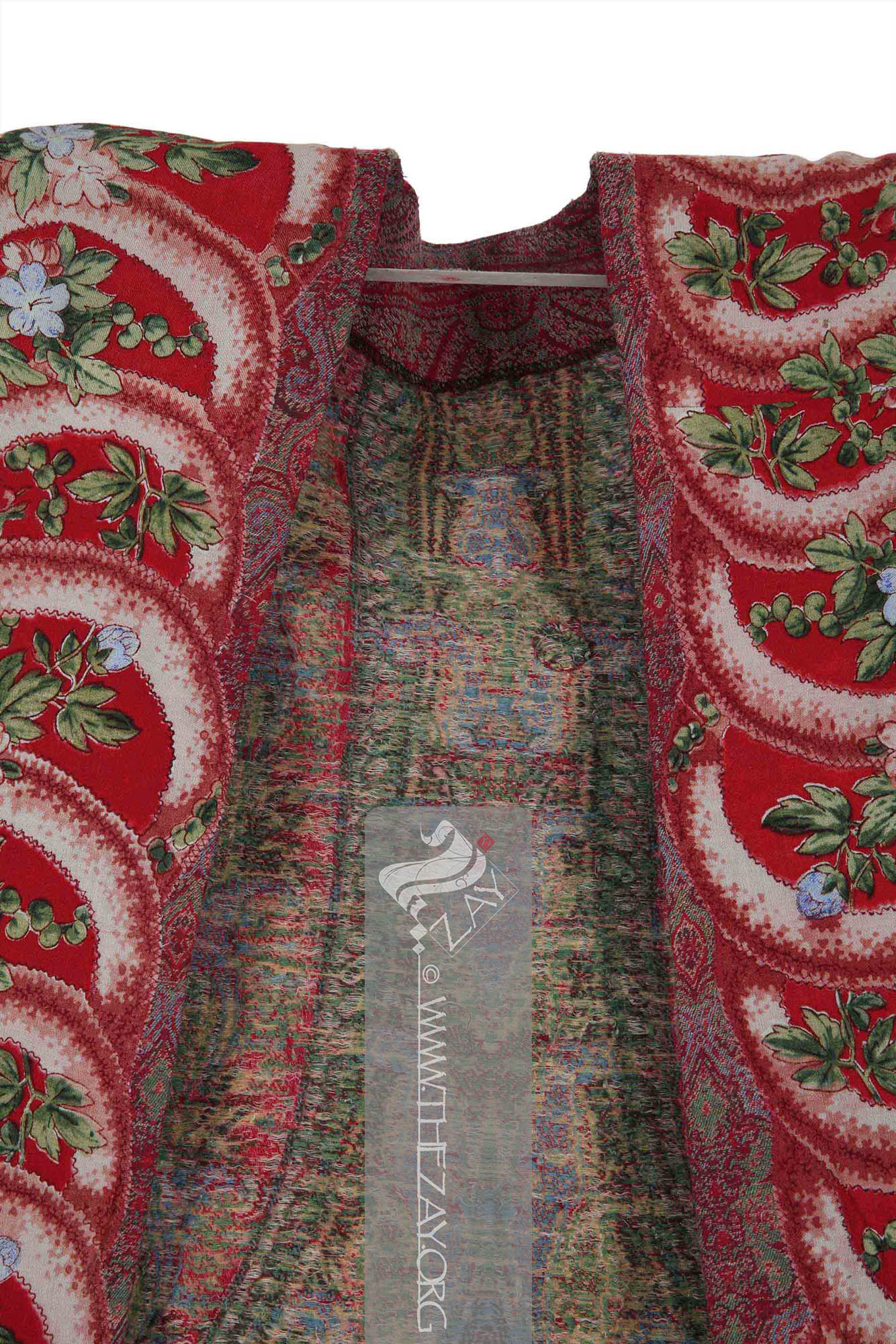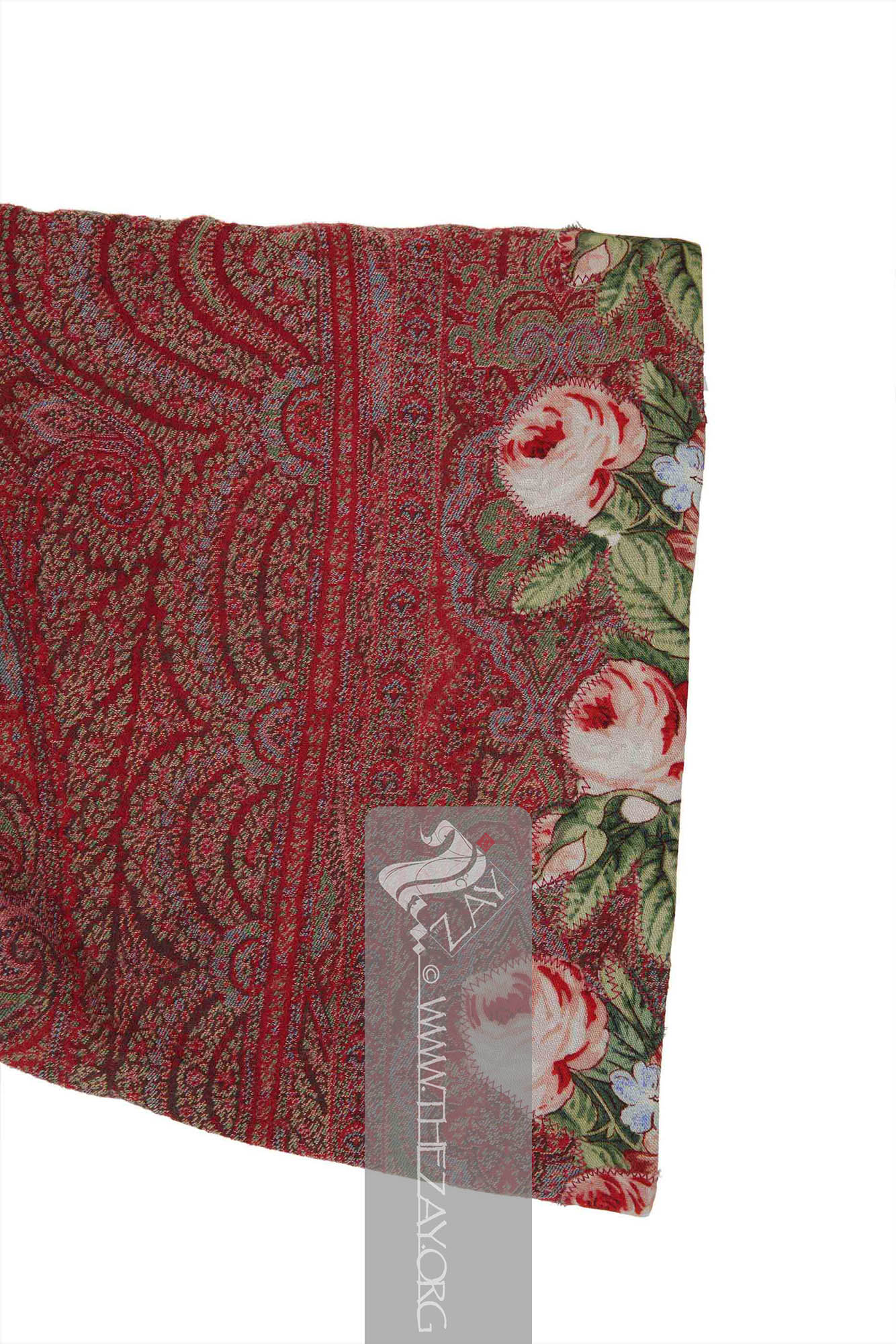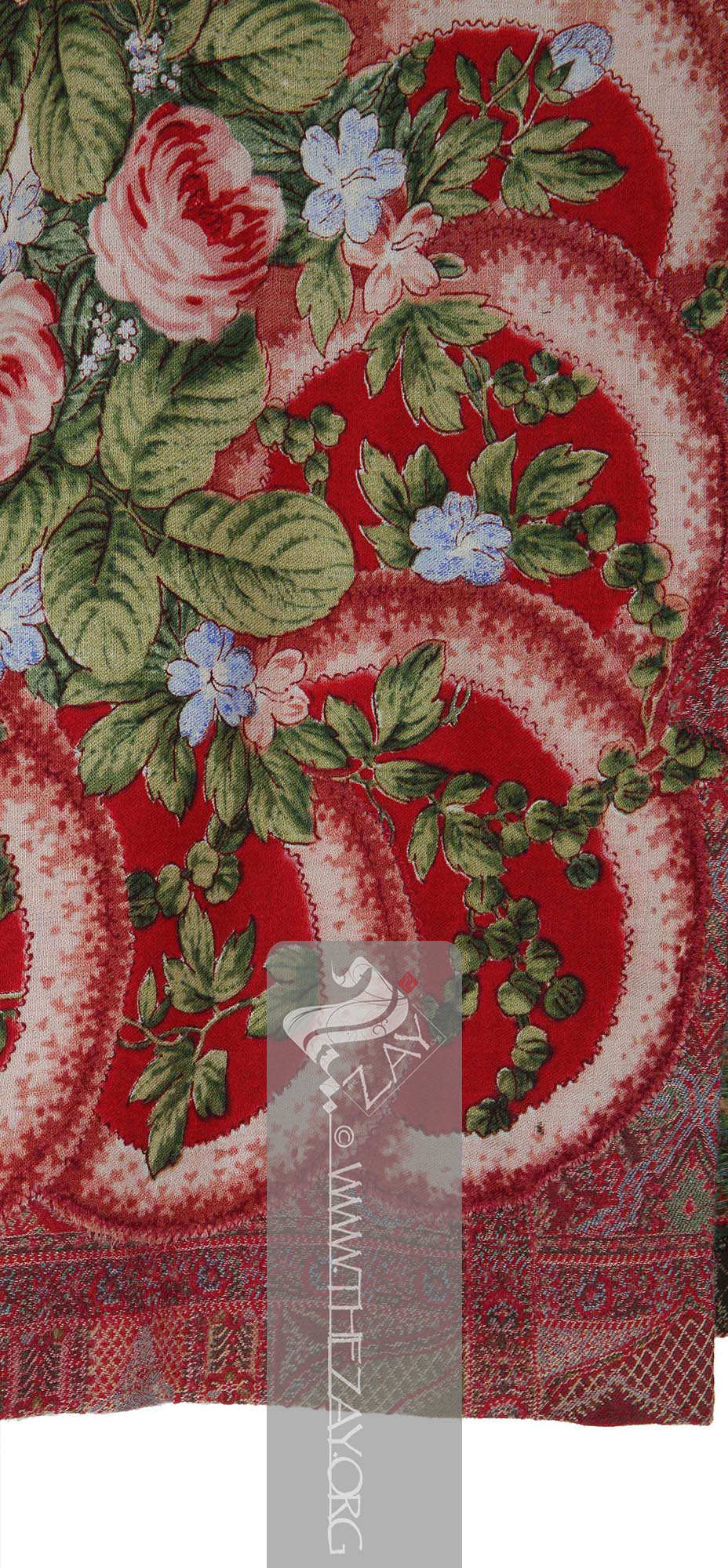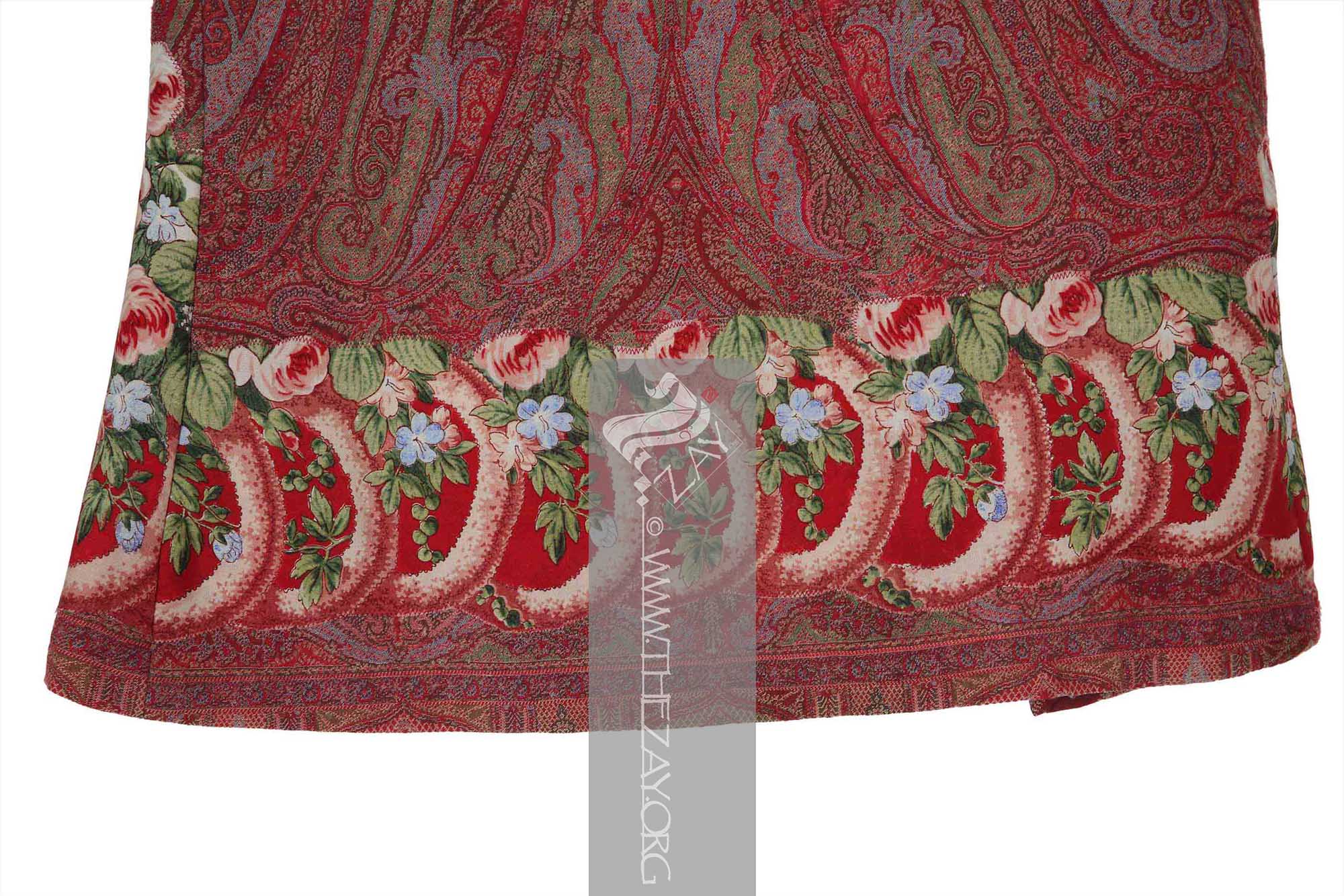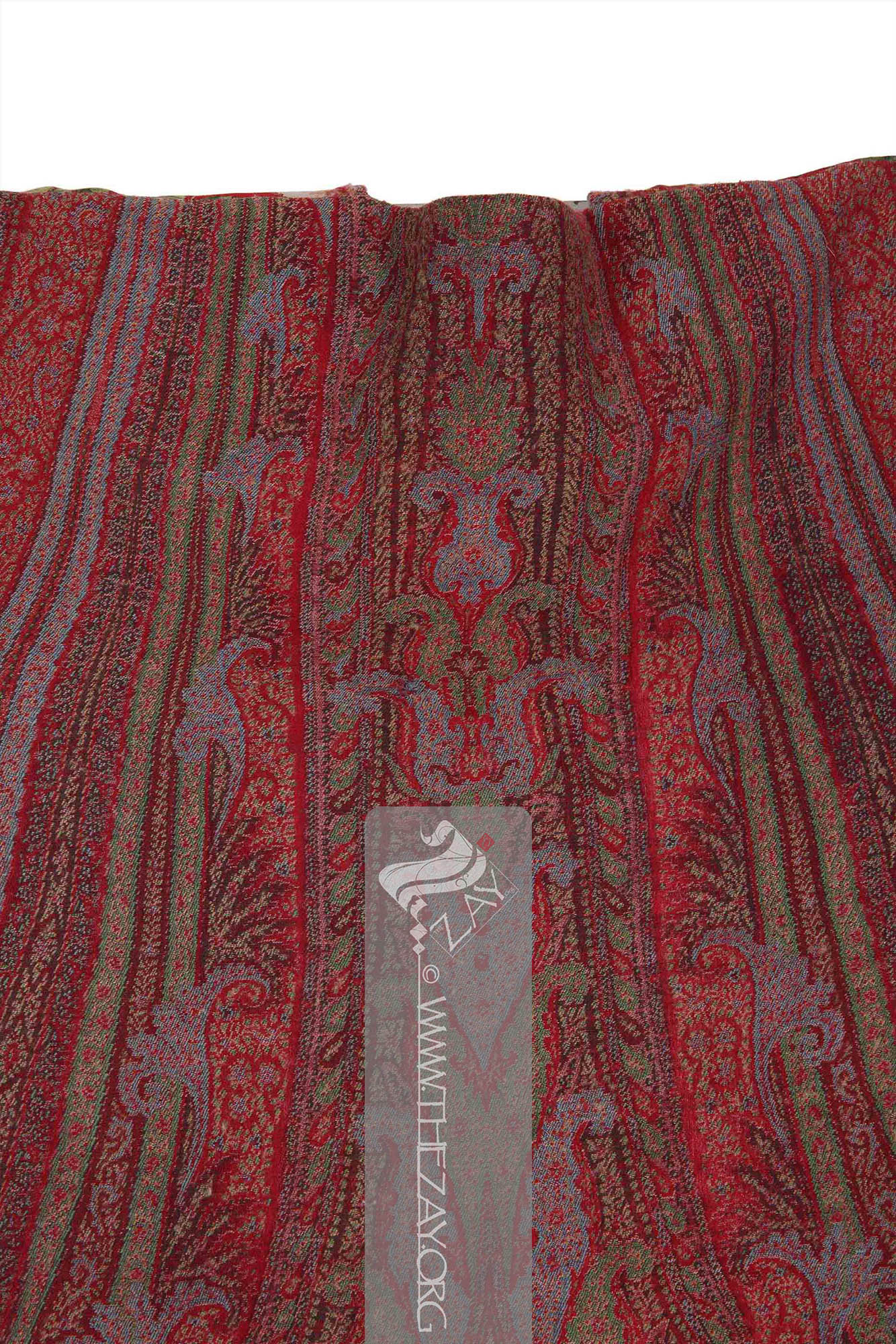Object historyThis Edwardian wool
paisley
Paisley: (Scottish Gaelic, Pàislig: a town in Scotland), often called buta, boteh, amli, or kalgi in the subcontinent and kazuwah in Arabic, is a Persian tear drop motif with a curved end specially in textiles. Its popularity and subsequent local production in 18th century at Paisley are responsible for its nomenclature. jacket with striking floral appliqués was acquired by
Dr. Reem Tariq
Ṭariq: (Arabic; Synonym: tulle_bi_talli
Tūlle_bi_tallī: (French: Tulle – a city in France where fine material for veil was first made; Turkish: tel – wire; Synonym: tariq; talli; badla; khus_dozi ), series of small metal knots made on a woven net ground as embellishment. The term is commonly used in the North African Arab region specifically in Egypt.
; talli; badla; khus_dozi ), series of small metal knots made on a woven net ground as embellishment. The term is commonly used in the Levant Arab region specifically in Lebanon.
El Mutwalli
Dr. Reem Tariq
Ṭariq: (Arabic; Synonym: tulle_bi_talli
Tūlle_bi_tallī: (French: Tulle – a city in France where fine material for veil was first made; Turkish: tel – wire; Synonym: tariq; talli; badla; khus_dozi ), series of small metal knots made on a woven net ground as embellishment. The term is commonly used in the North African Arab region specifically in Egypt.
; talli; badla; khus_dozi ), series of small metal knots made on a woven net ground as embellishment. The term is commonly used in the Levant Arab region specifically in Lebanon.
el Mutwallī: Founder (CEO) of the Zay
Zay: (Arabic: costume, Pl. azyaā’), a set of clothes in a style typical of a particular country or historical period. Initiative, a public figure, speaker and author. An expert curator and consultant in Islamic art and architecture, interior design, historic costume, and UAE heritage. while scavenging vintage sale auctions in London in the summer of 1994. She wore it on many occasions before eventually adding it to The
Zay
Zay: (Arabic: costume, Pl. azyaā’), a set of clothes in a style typical of a particular country or historical period. Collection.
Object FeaturesThis is a woollen women’s jacket with beautiful symmetrical floral designs on the edges. With a red base, the jacket displays a plethora of (
paisley
Paisley: (Scottish Gaelic, Pàislig: a town in Scotland), often called buta, boteh, amli, or kalgi in the subcontinent and kazuwah in Arabic, is a Persian tear drop motif with a curved end specially in textiles. Its popularity and subsequent local production in 18th century at Paisley are responsible for its nomenclature.) intricate floral motifs on its body in an overlapping and crisscross arrangement.
The high neckline at the back, straight open front with no fastenings, and wide loose sleeves indicate that it was perhaps used as an overcoat with enough room for layers underneath. Originally the piece was perhaps a (
shawl
Shawl: (Persian: shāl from Hindi: duśālā – Shoulder Mantle), a shawl is a South Asian version of a scarf worn or wrapped loosely over the shoulders and is usually made of wool. ) that was later repurposed into a jacket. This is evident from the two different materials with which it is constructed. The body is constructed of a woven woollen base while the edges are hand-stitched (
appliqued
Appliqued: (French: appliquer – Apply), ornamental needlework where small pieces of decorative fabric are sewn on to a larger piece to form a pattern.) pieces of printed cotton. It is a beautiful floral-patterned print of a rose bouquet with green foliage and other flowers in pale blue. The pattern repeats itself along the edge in a scallop-like format giving a symmetric balance on both sides of the opening and running along the rear bottom hem, as well as the sleeves.
The construction of the jacket with wide, 3/4 length, lose sleeves, the almost straight drop or fall, and the scalloped arrangements of the bouquets on the borders indicates towards its late Edwardian and early (
Art_Deco
Art_Deco: (French: Arts Décoratifs or Style Moderne), a decorative artistic aesthetics originated in France around 1910 before WWI. Identified by sleek antitraditional elegance through bold geometric shapes distributed in symmetry and balance it peaked in the 1930s and remained popular till the onset of WWII throughout western Europe and the USA.) origin when European and Western fashion aesthetics reflected its global influence not just through raw materials, techniques, or motifs but also in its construction – in this case possibly a (
kimono
Kimono: (Japanese: ki : wearing, mono: thing, Singular: Kimono) A traditional Japanese long loose robe with wide sleeves tied with a sash around the waist. Presently it is the national dress of Japan. ). Cumbersome women’s fashion of the Victorian era with (
crinolines
Crinolines: (Latin: crinis – hair, linum – thread, Synonym – Hoop skirt), a hooped or structured petticoat made of a stiff fabric which is composed of horsehair and cotton or linen thread. It was designed to hold a woman’s skirt out and became popular in the 19th century in Europe and the USA.), (
bustles
Bustles: (English), a padded piece of feminine undergarment that was tied underneath a skirt to accentuate and add fullness and support the drapery by preventing the skirt from dragging on the floor. It was notably fashionable in Europe and the United States from mid to late 19th century.), and (
corsets
Corsets: (Old French: cors – body), a piece of tight-fitting feminine undergarment with laces meant to be worn over the torso to hold and manipulate its shape. Corsets as we know today became fashionable in the 1500 s when Parisian fashion started idealising the concept of a small waist.) gave way to far more fluid, and slender silhouettes of the (
flapper
Flapper: (English: Flapper /Flap – Newly fledged wild duck), originally the word was used to identify young teenage girls during the 19th century. However, post WWI it was used to identify transatlantic women adhering to the popular culture of flouting conventional rules by wearing knee length skirts, and bobbed hair.) dresses, a nod towards a modern changing society with more freedom and rights for women.




